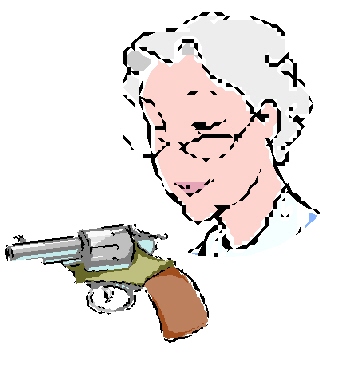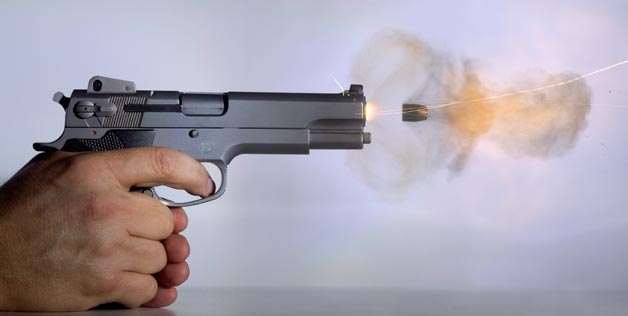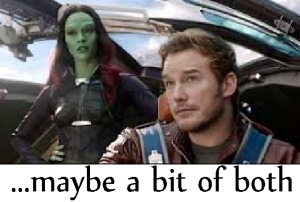
The White haired Shooter
Been working steadily on the first revision of The Whitehaired Shooter. The first draft was all narrative and bits of dialogue. Pretty much pure “telling.” I just got the story out, and like it. I think it’s pretty solid. But it really stinks as a piece of fiction.
Early on in my studies of fiction writing, I remember laughing at a writing tip. Basically it said just get your story out for your first draft. Then read through it. Then start at the beginning and write it from scratch. Sounded bogus to me.
I find that’s exactly the process The Whitehaired Shooter is undergoing. And it’s awesome. Instead of trying to edit and “fix” the story I pounded out, I’m rewriting from page one. And this time around, I know what I want to say.
I believe it’s coming out as something that — well — like something I’d like to read. Imagine that! And this method was not the waste of time I thought it would have been.
It’s been more like this first draft was a first rehearsal- reading from the script and getting to know the parts. The first revision is paying attention to the props, use of the stage, checking lighting and sound, and getting ready for a dress rehearsal.
It’s real work, but I’m having a ball. I can’t wait for “Opening Night.”







